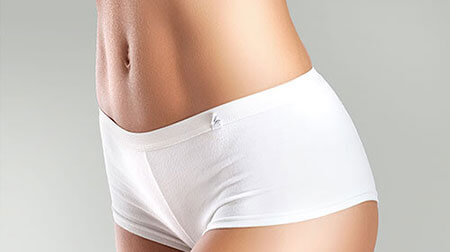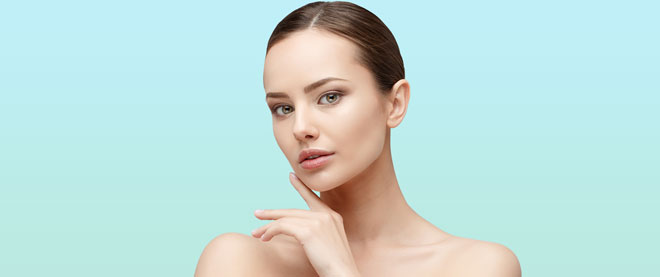Ultherapy

For patients who prefer non-invasive methods to improve their appearance ultherapy is ideal as, unlike a standard facelift, it does not require surgery. For light to mid-grade loss of tone, ultherapy is exceptionally effective. For parts of the body that are difficult to treat using injection fillers, ultrasound is an ideal alternative.
What is Ultherapy?
Ultherapy uses ultrasound technology to access deeper layers of skin, smoothing wrinkles through heat induction and firming up the tissue fibers. It is cleared by the U.S. Food and Drug Administration (FDA) in 2009 for noninvasive eyebrow lift, noninvasive neck and submental area (under the chin) lift, and to improve lines and wrinkles of the décolletage (chest area). Ultherapy’s ultrasound imaging to first see deep within the skin to determine optimal placement of the treatment energy, and then deliver the focused ultrasound energy beneath the skin’s surface. Collagen is a natural protein that gives skin its youthfulness by keeping it firm and toned. As we age, collagen breaks down, and the result is a loss of skin strength and elasticity. Ultherapy uses microfocused ultrasound to generate a thermal effect under the skin The thermal effect essentially jump-starts a process that produces fresh, new collagen. It’s used most commonly on the face, neck, and chest. Other target areas include:
Eyebrows
under the chin
décolletage (chest area)
Custom treatment plans should be discussed during your consultation with an Ultherapy provider.
How It Is?
Ultherapy uses therapeutic ultrasound to inflict thermal injury up to 4.5 millimeters deep in the skin of the face, neck, and décolleté to stimulate collagen production, which tapers off as you get older. If your skin is sagging, this “resets the clock without surgery. System has the wand through which the ultrasound is directed at 1.5-, 3-, and 4.5-millimeter depths. This energy triggers a natural response under the skin, jumpstarting the regenerative process that produces fresh, new collagen.
How Does It Work?
The Ulthera System, in conjunction with the Ulthera DeepSEE transducer, allows for ultrasonic visualization of depths up to 8 mm below the surface of the skin. The indicated use of the imaging is to visualize the dermal and subdermal layers of tissue to:
- Ensure proper coupling of the transducer to the skin
- Confirm appropriate depth of treatment such as to avoid bone
Am I A Good Candidate For Ultherapy?
People tend to start looking more tired, aging faster, and maturing physically earlier than they should. Skin on the face and neck begins to sag, giving an all-around older, exhausted look. Fine lines and wrinkles begin to appear around the eyes and mouth. Once you start to notice signs of aging, it’s possible to subtly turn back the clock without resorting to a full facelift.Ultherapy is a great alternative, however, especially for those not ready for surgery or for patients looking to extend the effects of cosmetic surgery.
Does It Hurt?
Pain: Momentary discomfort may be experienced during the procedure while energy is being deposited. Post procedure discomfort typically resolves within 2 hours and 2 day. Tenderness to the touch is also possible and typically resolves within 2 days to 2 weeks of treatment. The painkiller that the patient take before the session can increase the comfort during the treatment.
Is It Safe?
Ultherapy has been approved by the U.S. Food and Drug Administration as a safe and effective non-invasive procedure to lift and tighten the skin.
What Body Areas Can Ultherapy Be Applied To?
Ultherapy can be used to gradually and gently lift the skin of the face and brow to treat skin tissues under the neck and chin and to smooth wrinkles and fine lines on the décolletage.If you are starting to notice droopiness in the eyebrow area, mild sagging in the neck and chin area, or some wrinkling on the chest area, then Ultherapy may be the ideal treatment for you.
How Long Do Results Last?
The initial results of Ultherapy are progressive over the first 2 or 3 months after you receive your treatment. Once the maximum results have been achieved a few months after your Ultherapy treatment, the aging process continues and collagen levels will eventually start to decrease again. Ultherapy results last for a surprisingly long time.* Most patients can expect results to last anywhere from two to three years*. If you want to maintain the results of your treatment, it’s recommended that you schedule a maintenance session every few years.


































